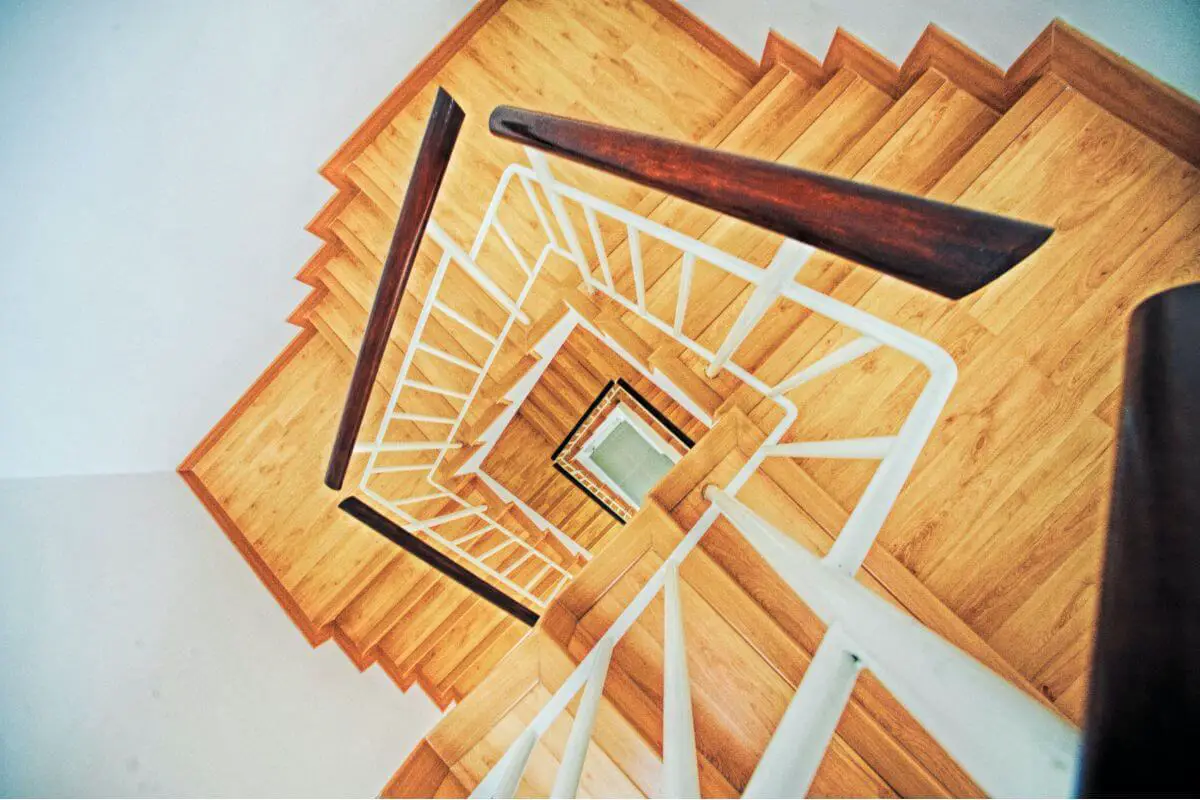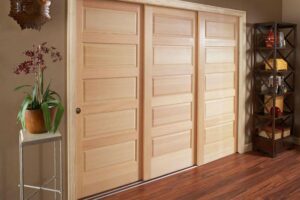If you’re planning to renovate your staircase or build a new one, choosing the right stair risers is an important decision. Stair risers are the vertical boards that form the face of each step, and they can be made of various materials, including wood and white materials like ceramic or stone. In this article, we’ll take a closer look at white stair risers vs wood, weighing the pros and cons of each option, to help you make an informed decision for your home.
Introduction: The Importance of Choosing the Right Stair Risers
Stair risers are an important aspect of any staircase design. They not only provide the necessary support for each step, but they also play a crucial role in determining the look and feel of your stairs. Choosing the right stair risers can enhance the overall aesthetics of your home and improve its functionality. In this article, we’ll compare white stair risers and wood stair risers, two popular options in the market, to help you decide which is the better option for your needs.
The Benefits of White Stair Risers
Versatility
One of the biggest benefits of white stair risers is their versatility. They can complement any color scheme or design theme, making them a popular choice for modern and minimalist homes. White stair risers also pair well with various flooring options, including hardwood, laminate, and tile.
Aesthetics
White stair risers can give your home a clean, fresh look. They provide a bright and airy feel to your staircase and make the space appear more spacious. White stair risers are an excellent choice for homes with limited natural light, as they reflect light and make the space appear brighter.
Light Reflectivity
White stair risers reflect light better than their wood counterparts. This means that they can make a staircase appear brighter and larger than it is. Additionally, they can make it easier to see the stairs in dimly lit areas, reducing the risk of accidents.
Easy Maintenance
White stair risers are relatively easy to maintain. They don’t require much effort to keep them clean, and any dirt or stains can be wiped away with a damp cloth. Unlike wood, they don’t need to be polished or stained, and they won’t warp or crack over time.
The Benefits of Wood Stair Risers
Durability
Wood stair risers are known for their durability. They can withstand heavy foot traffic and last for decades with proper care. Wood stair risers are an excellent choice for families with young children or pets, as they can withstand the wear and tear of everyday use.
Warmth and Natural Beauty
Wood stair risers provide a warm and inviting feel to your home. They have a natural beauty that can enhance the overall aesthetics of your staircase.
Design Flexibility
Wood stair risers offer a wide range of design options. They come in various wood types and finishes, which can be customized to match your home’s interior design. With wood, you can create a traditional, rustic, or modern look, depending on your preference.
Resale Value
Homes with wood stair risers tend to have a higher resale value than those with other materials. Wood is a classic and timeless material that adds value to a home. If you plan to sell your home in the future, wood stair risers can be a great investment.
The Drawbacks of White Stair Risers
Potential for Stains and Scratches
White stair risers can be prone to staining and scratches. They are more likely to show dirt and scuff marks, which can be difficult to remove. This can make them less suitable for homes with young children or pets.
Limited Durability
White stair risers are not as durable as wood. They can crack or chip over time, especially if they are made of ceramic or stone. This can be a problem if you live in an area with high foot traffic or if you plan to use your stairs frequently.
Uniformity Can Be Boring
White stair risers can lack variety in terms of texture and design. They are typically uniform in appearance, which can be boring for some homeowners. If you prefer a more unique and personalized look, white stair risers may not be the best choice.
Slippery When Wet
White stair risers can be slippery when wet, especially if they are made of ceramic or stone. This can be a safety hazard, especially for elderly individuals or those with mobility issues.
The Drawbacks of Wood Stair Risers
Higher Cost
Wood stair risers can be more expensive than their white counterparts. They require a higher upfront investment, which can be a deterrent for some homeowners. Additionally, wood stair risers may require more maintenance and repairs over time, adding to their overall cost.

Maintenance and Repair
Wood stair risers require regular maintenance and repair to keep them in good condition. They need to be sanded, stained, and sealed periodically, which can be time-consuming and expensive.
Susceptible to Water Damage and Decay
Wood stair risers are susceptible to water damage and decay, especially if they are exposed to moisture regularly. This can be a problem if you live in a humid or wet climate.
Limited Design Options
Wood stair risers offer fewer design options than white stair risers. While they can be customized in terms of wood type and finish, they are limited in terms of color and texture.
How to Choose Between White Stair Risers and Wood Stair Risers
When choosing between white stair risers and wood stair risers, consider your personal preference, budget, and lifestyle needs. If you want a clean and modern look, white stair risers may be the best choice. If you prefer a warm and natural feel, wood stair risers may be a better option.
Think about the amount of foot traffic your stairs will receive and the maintenance required for each material. If you have young children or pets, white stair risers may not be the best option due to their susceptibility to stains and scratches. If you live in a wet climate, wood stair risers may not be suitable due to their susceptibility to water damage.
Ultimately, the decision between white stair risers and wood stair risers will depend on your individual preferences and needs.
Conclusion
Choosing the right stair risers is an important decision that can impact the overall aesthetics and functionality of your staircase. White stair risers and wood stair risers individual needs and preferences. While white stair risers offer versatility and easy maintenance, wood stair risers provide durability, natural beauty, and design flexibility.
Consider factors such as foot traffic, maintenance requirements, and climate when deciding between white stair risers and wood stair risers. Ultimately, choose the option that best fits your personal style and lifestyle needs.
FAQs
Can I install white stair risers over existing wood stair risers?
Yes, you can install white stair risers over existing wood stair risers. However, it’s important to ensure that the existing stair risers are in good condition and free of any damage before installation.
Can I paint my wood stair risers white instead of using white stair risers?
Yes, you can paint your wood stair risers white instead of using white stair risers. However, it’s important to use a high-quality paint and primer that is specifically designed for use on wood.
Are white stair risers more slippery than wood stair risers?
White stair risers made of ceramic or stone can be more slippery than wood stair risers, especially when wet. However, this can be mitigated by using slip-resistant treads or non-slip mats.
Do white stair risers show dirt and scuff marks more than wood stair risers?
Yes, white stair risers can show dirt and scuff marks more than wood stair risers. However, regular cleaning and maintenance can help keep them looking clean and fresh.
How often do wood stair risers need to be sanded, stained, and sealed?
The frequency of maintenance for wood stair risers will depend on factors such as the type of wood, the amount of foot traffic, and the climate. Generally, wood stair risers should be sanded, stained, and sealed every 3-5 years to maintain their appearance and durability.




